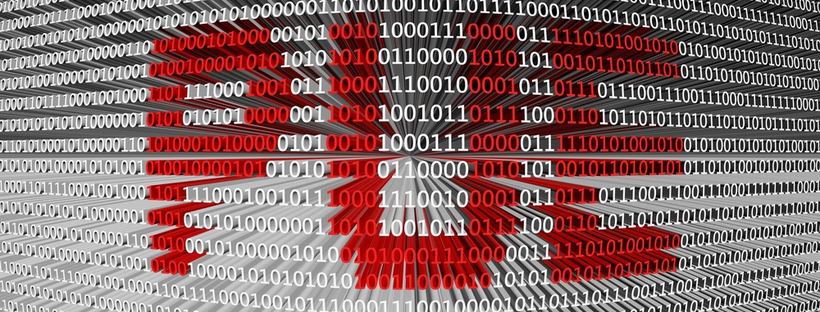
Companies today face issues that may seem contradictory at first glance. These modern-day contradictions include ensuring the evolution of their information systems and reducing their environmental footprint. However, solutions are being developed that will allow them to reach both of these goals, including technical indicators to help companies support sustainable development without compromising on IT efficiency and productivity. The most emblematic of these indicators is PUE (Power Usage Effectiveness), which reflects a data centre’s energy efficiency.
STARTING POINT
Data centers are places that host a company’s IT (Information Technology) and telecommunications equipment. Data centre infrastructures host a large number of servers and consume massive amounts of electricity, which causes them to produce a lot of heat. To keep the confined space of the data center from overheating, an efficient cooling system is essential.
WHY HAVE SO MANY SERVERS IN ONE PLACE?
Having a large concentration of servers in the same space ultimately leads to issues with overheating in computer rooms.
The challenge is to ensure that the rooms stay cool… but why do servers need to be kept together in the first place? Quite simply, it’s because datacenters offer solutions and advantages for companies in terms of costs and development.
- Companies sometimes have hundreds of IT devices that need electricity, and they do not always have the right type of power supply on site, i.e. an uninterruptible, secure power supply to run its servers.
- IT equipment is only useful if it has a high-speed connection to large telecommunications networks that are primarily supplied to data centres rather than company sites.
- Moreover, these devices need to be close to each other to function optimally, especially when a storage server needs to “talk” to a calculation server. If there the physical distance between two devices is too great, it can impact their processing capacity. This is why it is not always possible to have the company’s computer network spread over remote sites.
- Finally, datacenters are high-security spaces housing confidential data that must be protected. From this perspective, it is always easier to keep a small space secure than a large one.
Since datacenters are, by nature, spaces where computer equipment must be concentrated together, they are faced with the issue of heat dissipation, but are ultimately the best solution for hosting data.
SO WHAT IS PUE?
PUE (Power Usage Effectiveness) is an indicator for measuring the energy efficiency of a data centre. In other words, PUE evaluates the energy performance of the data center by calculating the ratio of the energy used as a whole as compared with the energy used by just the IT equipment alone.
PUE varies depending on the data center, its design and its occupancy rate, as well as other criteria, including the outside temperature.
With all the heat emitted by a data center, it is easy to understand that a Data Centre’s PUE is in large part due to the energy spent on cooling the computer rooms. The figure also includes, to a lesser extent, energy supply, lighting, supervision and security.
UNDERSTANDING ORDERS OF MAGNITUDE OF PUE
It is difficult to comprehend just how much energy is needed to cool IT infrastructures. As an example, a 1,000 sqm computer room in a datacenter can easily consume 2 MW.
Today, many DCs have PUEs of 1.7, which means that 1.4 MW of energy is used to cool the datacenter, as well as for everything else. While there is a general downward trend in PUEs, the amount of energy used for cooling is still significant and is a major contributor to digital pollution.
To meet this challenge, DATA4 is pays particular attention to its environmental impact. The design of each new datacenter is optimised with the aim of reaching a theoretical PUE of 1.22 today. The goal is to reduce overall consumption by nearly 1 MW and thus provide an extremely competitive energy-efficient solution.
HOW TO REDUCE PUE
Reducing a data center’s PUE is a major challenge, both to reduce costs and improve companies’ environmental footprint. Several solutions are available for reducing PUE, all of which are effective and feasible to a greater or lesser extent:
- Allowing server rooms to operate at a higher temperature (fortunately, today’s servers increasingly allow this).
- Reducing the density and therefore energy consumed per sqm: this solution helps to dissipate heat but runs counter to current practices, which require ever-increasing density to cope with very dense equipment.
- Improving the flow of cool air in computer rooms: this can be done, for example, using containment solutions.
- Optimising the production of cool air: there are several ways to do this, including the combined use of outside air and heat exchangers. This solution cools the circulating air by taking advantage of a lower outside temperature.
- Locating data centers in the Arctic or under the sea: although this solution seems like it would be highly effective, it is easy to imagine the drawbacks of these types of installations.
DATA4 is an expert in dealing with this issue and leverages cutting-edge technologies using Artificial Intelligence to help manage power and cooling infrastructures. The goal is to reduce PUE to 1.22 in the short term, and perhaps even less in the future.

